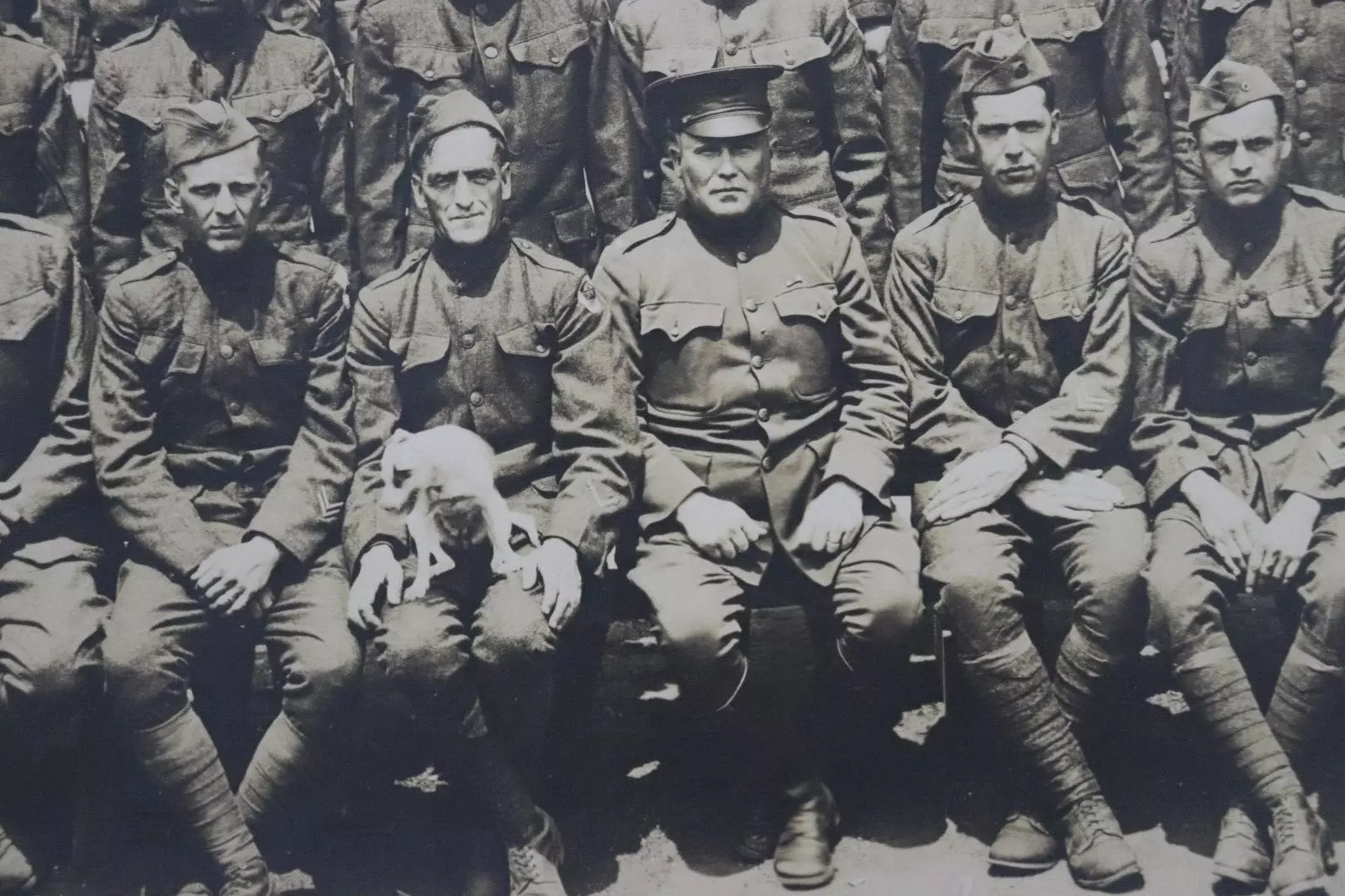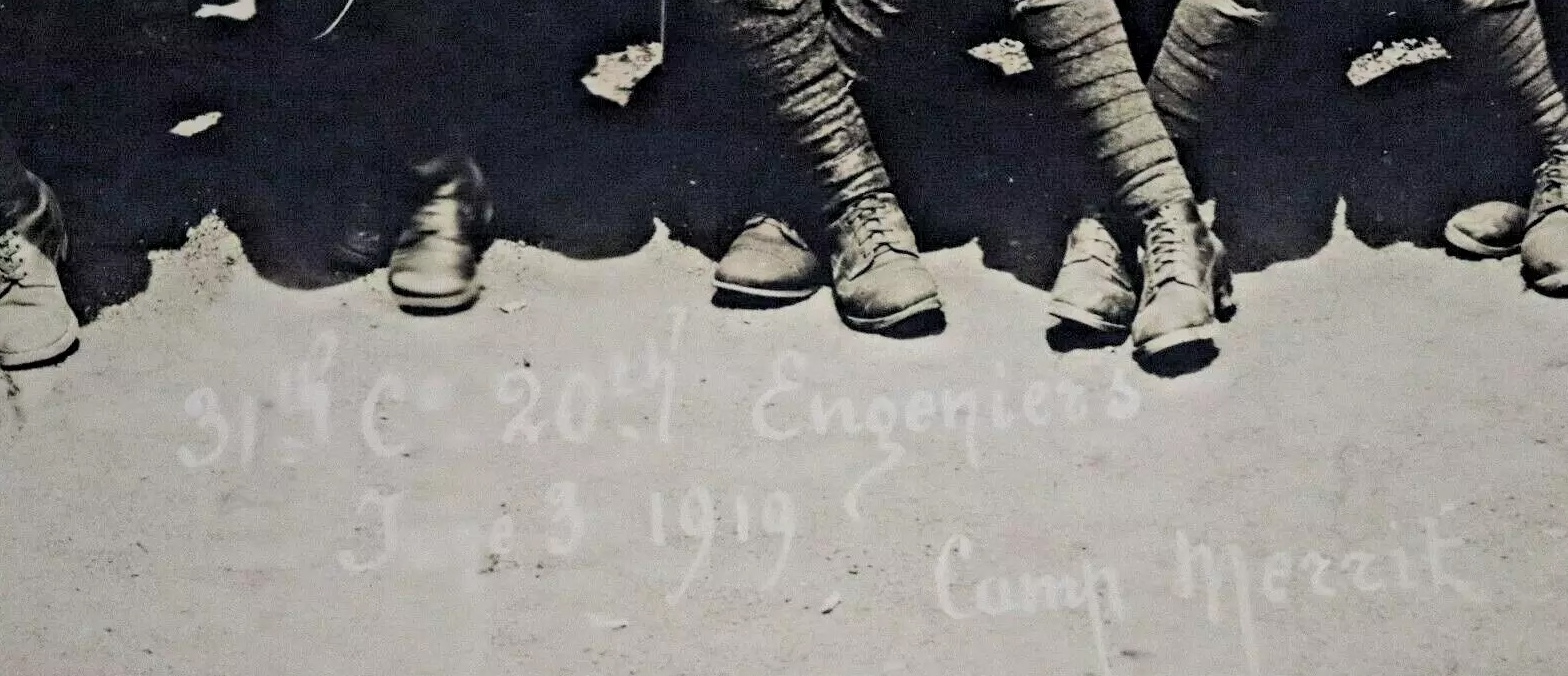

New England Sawmill Units in Scotland
Later deployed to France as Company G, 10th Battalion, 20th Engineers
Note: Most of the content of this article comes from "TWENTIETH ENGINEERS -- FRANCE -- 1917-1918-1919"
Shortly after the United States entered the war, the Massachusetts Committee on Public Safety was advised of great need for more trained lumbermen. Plans were soon evolved for furnishing 10 civilian units, with full equipment, and the necessary funds were subscribed by the New England States, the above named committee, and the lumber interests of the Northeast. Each of the six states provided one unit, the other 4 being made possible by private concerns and others interested in this unique gift from New England to Old England.
The Units left Boston June 15, 1917, for New York, where the British transport ''Justicia'' was boarded. A stop was made at Halifax, and 5,000 Canadians, some of them forest troops, were taken on. July 3 at about 8:00 A. M., the troopship met a submarine and disaster was avoided only by the quick the man at the wheel. Landing was made July 4 at Liverpool from where a special train took the organization to Scotland.
Headquarters was established at Ardgay, Rosshire, about 50 miles north of Inverness. Equipment arrived after a week of waiting, and the first board was sawed July 18. Seven of the mills worked in timber on the estate of Sir Charles Ross, inventor of the Ross rifle, and three mills operated on Andrew Carnegie's Skibo property. Scotch pine, larch, and Norway spruce, in old plantations, made up the bulk of the cutting, some of which was on steep hillsides, requiring the use of wood-shod sleds for the removal of the logs.
Mr. D. P. Brown of the Berlin Mills Company was in charge of the New England Units until they had become established in Scotland, being succeeded as General Manager by Mr. E. C. Hirst, State Forester of New Hampshire. All the men had separate contracts with the British Government. When the contracts expired, on June 15, 1918, many of the men enlisted in the Army and Navy; only about 150 of the total strength of 348 returned to the United States. Eighty seven of the men enlisted in Scotland and in London for the 20th Engineers, forming part of the 31st Company (first known as Company G, 10th Battalion, 20th Engineers).


Photo of 31st Company, "20th Engeniers" after return to the United States.
Camp Merritt, New Jersey - 3 July 1919
Note the mascot dog next to the company commander.
The first production of the organization was consigned to France, but later the entire output was taken by the war industries of Britain. About 60,000 ties were shipped, as well as a large amount of 3 and 4 inch dimension material and much pitwood (mine props). The total production during the 9 1/2 months of operation was 19,673,100 F. B. M. of lumber, ties, and pitwood. The units are credited by the British Government with doing twice the work at half the cost of any organization producing lumber for war service.